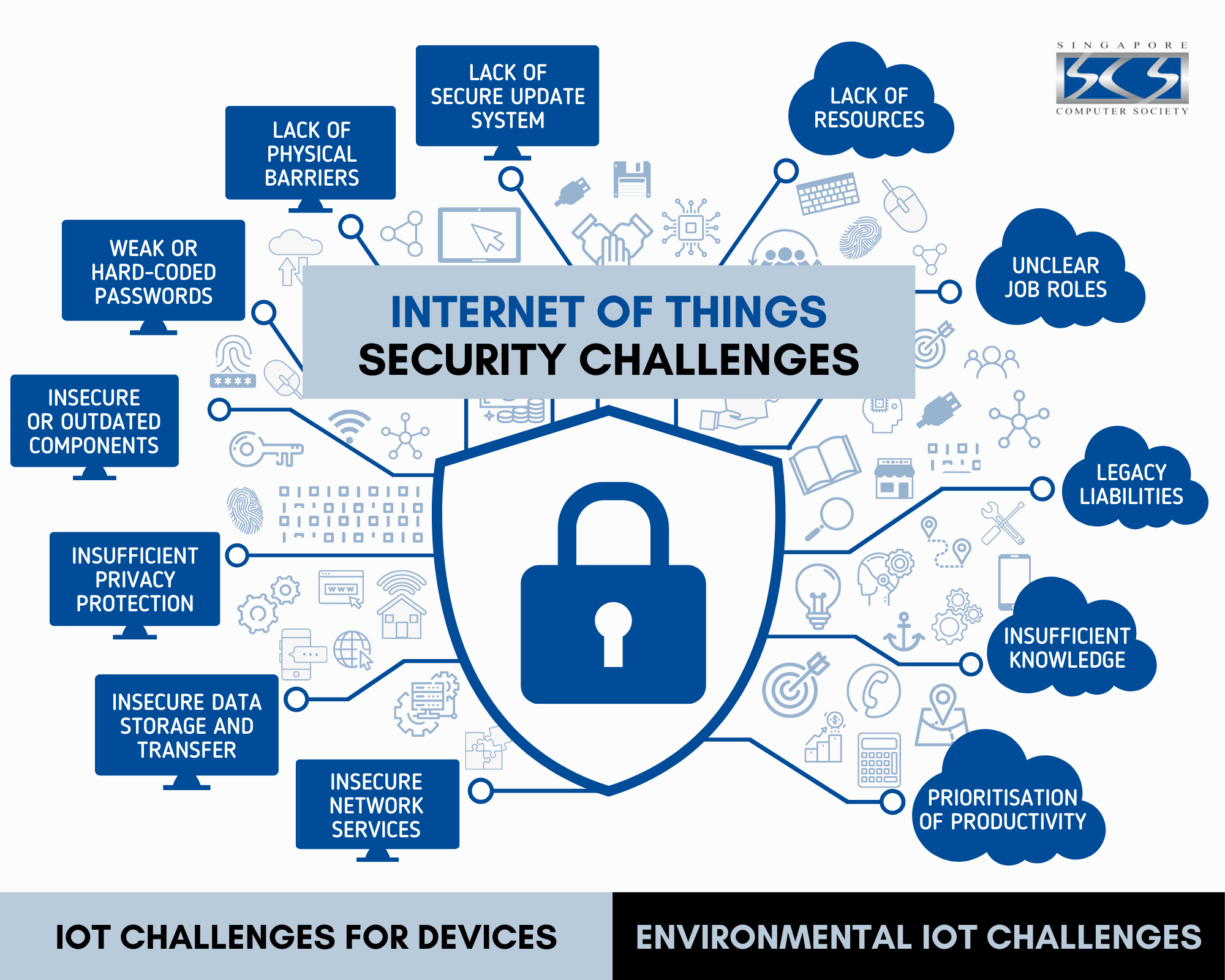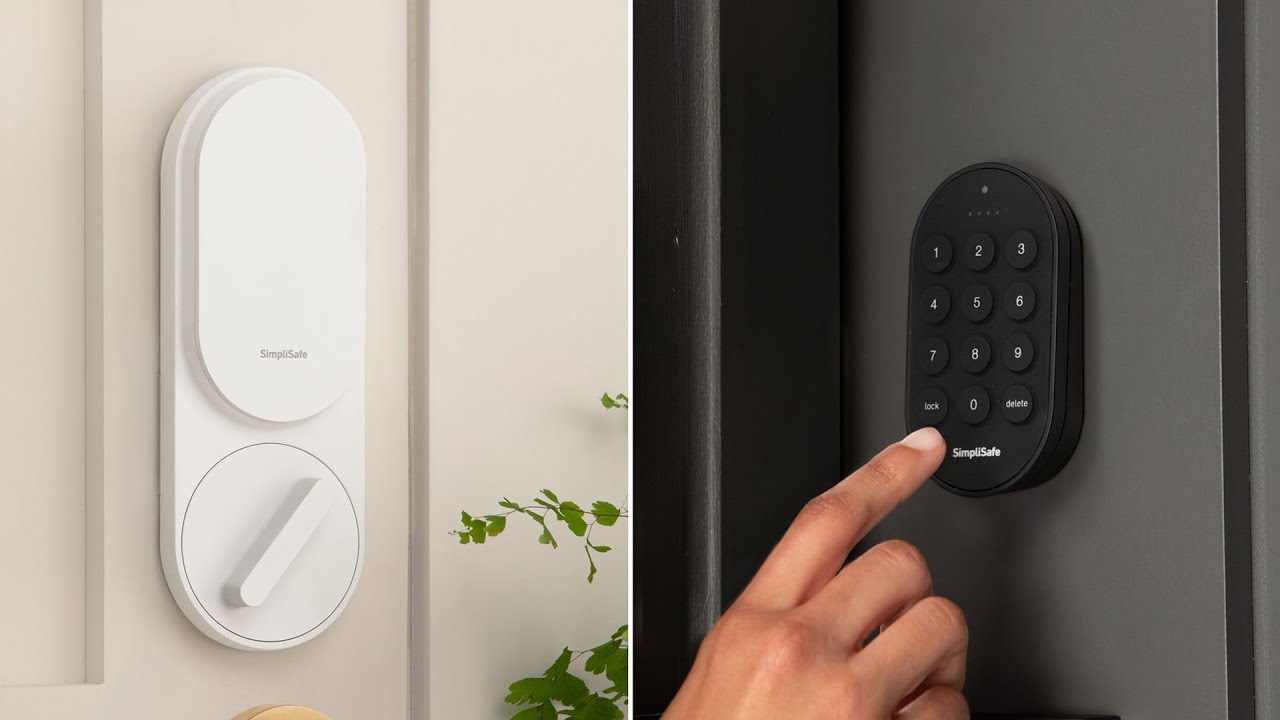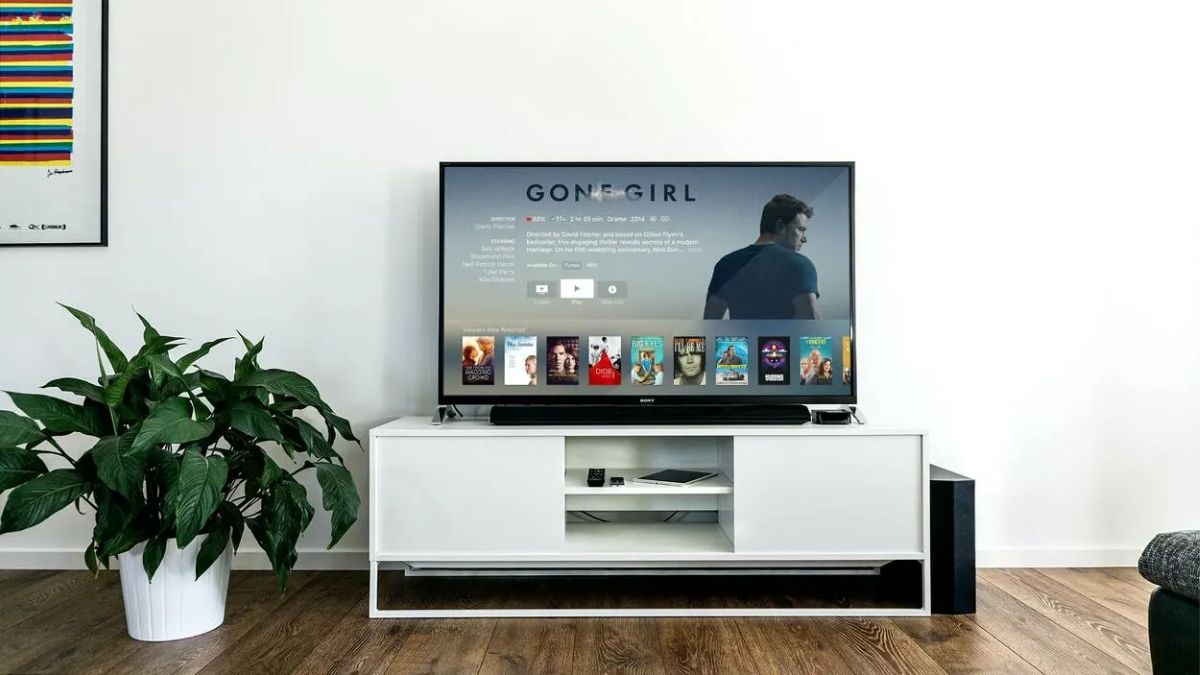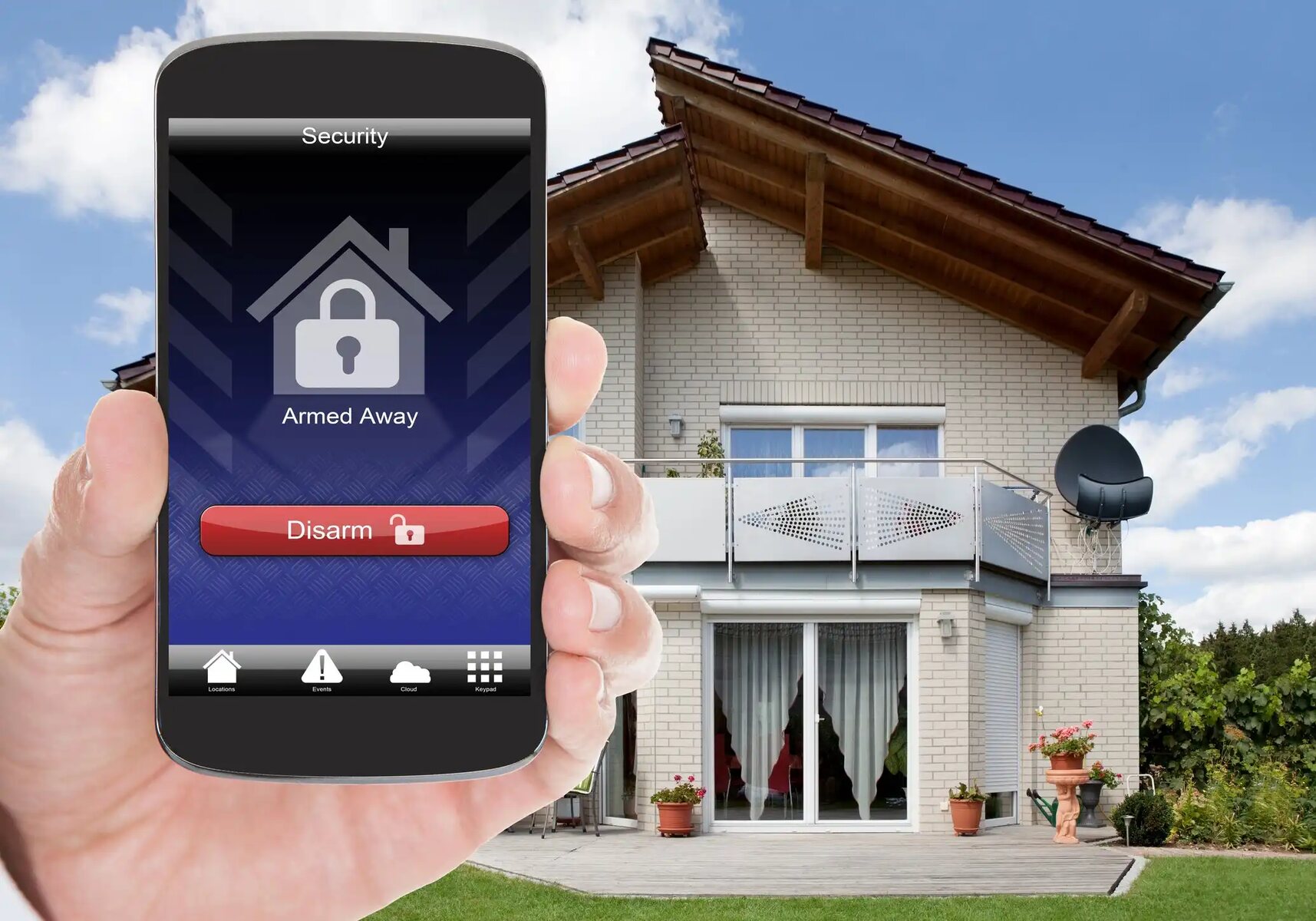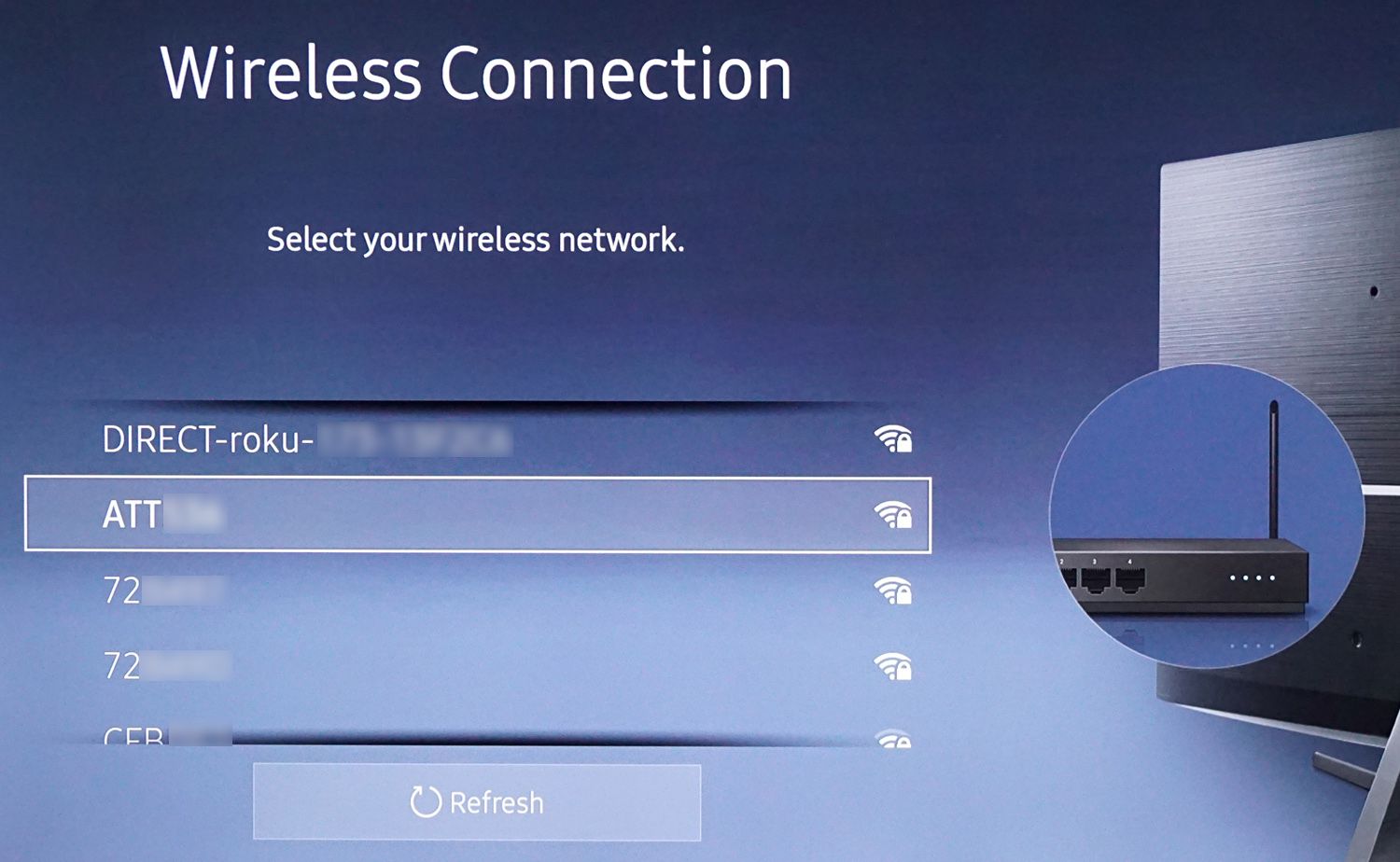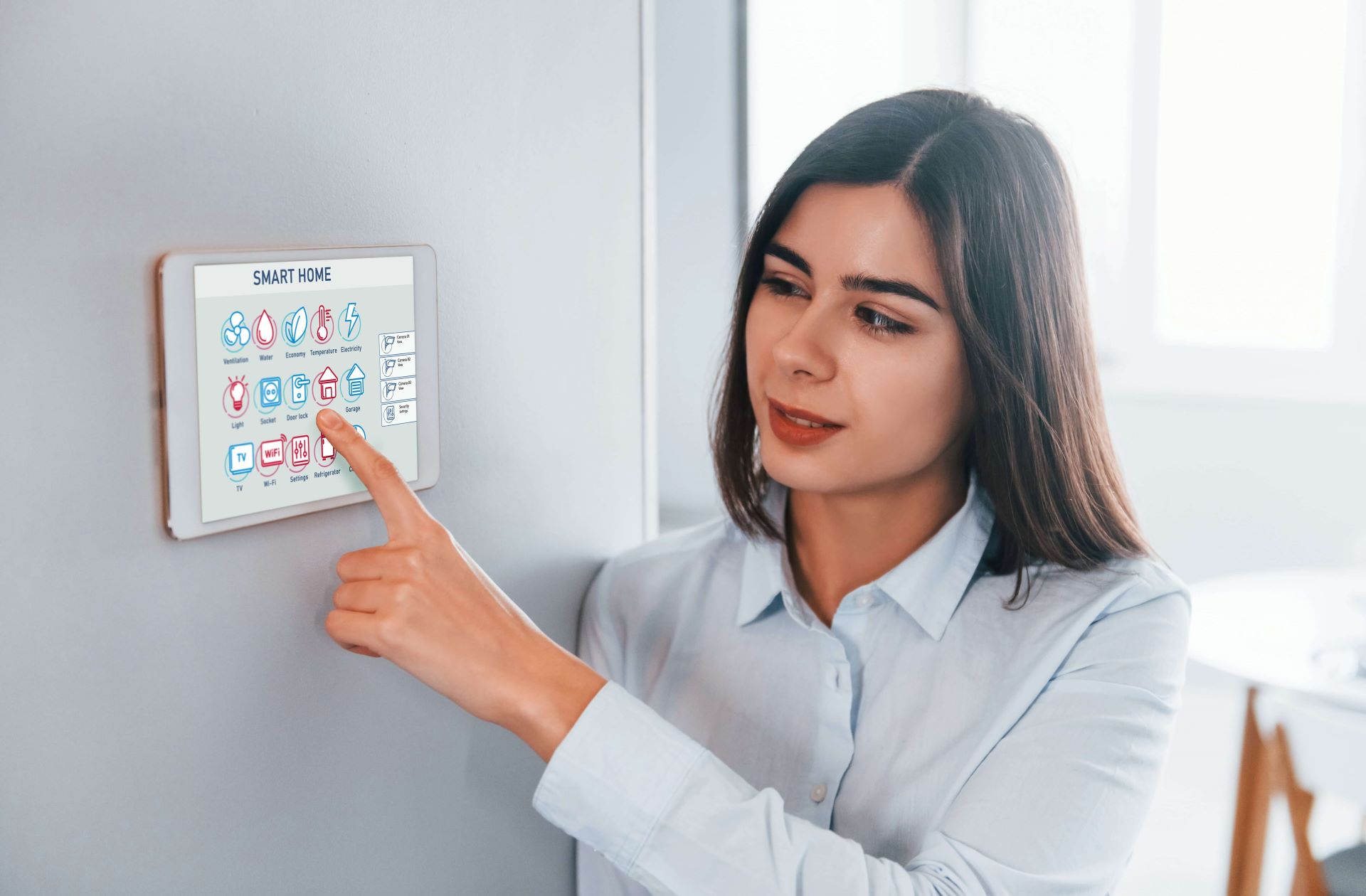Introduction
Welcome to the world of smart home devices, where technology seamlessly integrates with our daily lives to create a more convenient and connected environment. From voice-controlled virtual assistants to automated lighting systems and advanced security systems, smart homes offer endless possibilities. However, with this increased connectivity comes the need for heightened security measures to keep our personal information and devices protected.
One crucial aspect of smart home security is the use of strong and secure passwords. Just as we lock our doors to prevent unauthorized access to our physical homes, we must take the same precautions to safeguard our digital domains. But what exactly makes a password strong? How can we create passwords that are not only difficult to crack but also easy to remember?
In this article, we will explore the importance of passwords for smart home devices and delve into the characteristics of a strong password. We will also discuss common password mistakes to avoid and provide recommendations for creating robust passwords. Additionally, we will explore the concept of two-factor authentication (2FA) and its relevance in enhancing smart home security.
By the end of this article, you will have a clear understanding of how to create and manage strong passwords for your smart home devices, ensuring the utmost security and peace of mind.
Importance of Passwords for Smart Home Devices
In today’s interconnected world, smart home devices play a significant role in enhancing our daily lives. From controlling appliances remotely to monitoring security cameras through smartphone apps, these devices provide convenience and peace of mind. However, it is essential to recognize that these devices are vulnerable to various cybersecurity threats.
One of the primary lines of defense against unauthorized access to smart home devices is a strong and secure password. Passwords act as the first line of defense, preventing unauthorized individuals from gaining access to sensitive personal information and controlling smart home functions.
Failure to set up strong passwords can leave your home vulnerable to cybercriminals who may attempt to hack into your devices for malicious purposes. They may gain control over your smart locks, security cameras, or other connected devices, putting your privacy and security at risk.
Furthermore, compromised smart devices can serve as gateways for hackers to gain access to your entire home network. Once in, they can infiltrate other connected devices, such as computers, smartphones, and even personal files stored on cloud services.
By establishing robust passwords, you significantly decrease the risk of unauthorized access to your smart home devices. A strong password acts as a barrier, making it incredibly difficult for hackers to crack and gain control over your devices.
Moreover, it’s worth noting that the default passwords provided by manufacturers are often weak and easily guessable. Cybercriminals are aware of these defaults and commonly exploit them to gain access to smart home devices. Therefore, it is crucial to change default passwords immediately after setting up any new device.
Recognizing the importance of passwords in securing smart home devices is the first step towards creating a secure and well-protected smart home environment. In the following sections, we will explore the characteristics of a strong password and provide recommendations for creating and managing passwords effectively.
Characteristics of a Strong Password
A strong password is the key to keeping your smart home devices secure from unauthorized access. When creating a password, it is crucial to consider certain characteristics that make it difficult for hackers to guess or crack. Let’s explore the key characteristics of a strong password:
- Length: A strong password should be at least 8 to 12 characters long. The longer the password, the harder it is to crack. Aim for a minimum of 12 characters to increase the complexity and security.
- Complexity: A strong password should include a combination of uppercase and lowercase letters, numbers, and special characters. Avoid using common sequences or easily predictable patterns, such as “123456” or “password.”
- Uniqueness: Each smart home device should have a unique password. Using the same password for multiple devices increases the risk of a single device compromise leading to the compromise of all devices.
- Avoid personal information: Avoid using easily discoverable personal information in your passwords, such as your name, birthdate, or addresses. Hackers can easily guess such information, especially if it is publicly available.
- Randomness: Generate passwords that have no connection to personal information and are difficult to guess. Consider using password management tools or random password generators to create strong and unique passwords.
- Frequent updates: Regularly change your passwords to maintain security. Aim to update passwords every 3 to 6 months to ensure that even if a password is compromised, it won’t be valid for an extended period.
By incorporating these characteristics into your passwords, you significantly enhance the security of your smart home devices. Remember, the strength of your password is directly proportional to the effort required to crack it.
However, it’s important to strike a balance between password complexity and ease of memorization. In the following sections, we will discuss common mistakes to avoid when creating passwords and provide recommendations for creating and managing passwords effectively.
Common Mistakes to Avoid
When it comes to creating passwords for your smart home devices, it’s essential to steer clear of common mistakes that can compromise the security of your devices. Let’s explore some of the most common mistakes to avoid:
- Using predictable passwords: Avoid using easily guessable passwords, such as “password123” or “123456789.” These are among the first combinations hackers will attempt to crack.
- Reusing passwords: Using the same password across multiple devices or online accounts is a significant security risk. If one device is compromised or one account is hacked, all connected devices and accounts become vulnerable.
- Using personal information: Avoid incorporating personal information, such as your name, birthdate, or address, in your passwords. Hackers can easily gather this information, making your password easier to crack.
- Dictionary words or common phrases: Avoid using complete dictionary words or common phrases as passwords. These can be easily guessed using automated tools that cycle through common word combinations.
- Short passwords: Short passwords are easier to crack. Aim for passwords that are at least 8 to 12 characters long, or even longer if possible. The longer and more complex the password, the more secure it becomes.
- Failure to update passwords: Avoid neglecting password updates. Regularly changing passwords helps prevent unauthorized access, especially if a password is compromised.
- Sharing or storing passwords insecurely: Never share your passwords with others, and avoid storing them in easily accessible locations such as sticky notes or unencrypted digital files. Use a secure password manager to store and manage your passwords.
By avoiding these common mistakes, you can significantly improve the security of your smart home devices. Keep in mind that hackers are constantly evolving their methods, so it’s crucial to stay vigilant and proactive in protecting your devices.
In the next section, we will provide recommendations for creating strong passwords and offer tips on how to remember complex passwords without compromising security.
Password Recommendations for Smart Home Devices
When it comes to securing your smart home devices, taking a proactive approach to password creation and management is crucial. Here are some recommendations to ensure the highest level of security for your devices:
- Create unique passwords: Each smart home device should have its own unique password. Avoid using the same password across multiple devices to minimize the risk of a single device compromise leading to widespread access.
- Use a mix of characters: Incorporate a combination of uppercase and lowercase letters, numbers, and symbols to create a complex and robust password. The more diverse the characters, the harder it becomes for hackers to crack.
- Make it lengthy: Aim for a password length of at least 12 characters. Longer passwords are more difficult to crack, providing an added layer of security.
- Avoid common patterns: Steer clear of easily guessable patterns, such as sequential numbers or keyboard patterns. Opt for random combinations that are less predictable.
- Consider passphrase: Instead of a single word, consider using a passphrase consisting of multiple words separated by spaces. Passphrases are longer and easier to remember while still being difficult to crack.
- Regularly update passwords: Change your passwords every 3 to 6 months to prevent them from becoming stale. Regular updates enhance the security of your devices and reduce the risk of unauthorized access.
- Two-factor authentication (2FA): Enable two-factor authentication for your smart home devices whenever possible. This adds an extra layer of security by requiring a second verification step, such as a verification code sent to your smartphone, in addition to the password.
- Use a password manager: Consider using a password manager to securely store and manage your passwords. Password managers generate strong, unique passwords for each device and store them in an encrypted format for easy access.
By implementing these password recommendations, you can significantly enhance the security of your smart home devices. Remember, the goal is to create passwords that are difficult for hackers to guess yet easy for you to remember or manage with the help of a password manager.
In the next section, we will explore the concept of two-factor authentication (2FA) and its relevance in enhancing smart home security.
Two-Factor Authentication (2FA) and Smart Home Security
In addition to strong passwords, implementing two-factor authentication (2FA) adds an extra layer of security to your smart home devices. 2FA requires users to provide two different forms of identification for device access, typically combining something they know (a password) with something they have (a verification code or physical token).
Smart home devices that support 2FA provide an added level of protection against unauthorized access. With 2FA enabled, even if an attacker manages to obtain your password, they would still need the secondary form of verification to gain access to the device.
There are different methods of implementing 2FA, including SMS-based codes, email validation, or authenticator applications. SMS-based codes involve receiving a one-time verification code via text message, which is then entered alongside your password during the login process. Email validation works by sending a verification link to your email address, which you must click to verify your identity. Authenticator applications generate time-based or event-based codes that you enter when prompted during the login process.
When setting up 2FA, it’s important to ensure that you have access to the secondary verification method at all times. Consider using an authenticator app, such as Google Authenticator or Authy, as they provide an added layer of security and do not rely on phone signals or network coverage.
Enabling 2FA for your smart home devices significantly reduces the risk of unauthorized access, even in the event your password is compromised. The extra layer of verification makes it much more difficult for hackers to gain control over your devices and associated accounts.
However, it’s important to note that 2FA should not replace the need for strong passwords. It should be used in conjunction with robust password practices to create multi-layered security.
In the next section, we will provide step-by-step guidance on how to create strong passwords for your smart home devices, as well as tips on how to remember them without compromising security.
Steps to Creating a Strong Password
Creating a strong password for your smart home devices is crucial to maintaining their security. Follow these steps to ensure you create a robust and secure password:
- Length matters: Aim for a minimum password length of 12 characters. The longer the password, the more difficult it becomes to crack. Consider using a passphrase consisting of multiple words for added complexity.
- Mix it up: Include a combination of uppercase and lowercase letters, numbers, and special characters in your password. The more diverse the characters used, the stronger the password becomes.
- Avoid personal information: Avoid using easily discoverable personal details, such as your name, birthdate, or address, in your password. Hackers can easily guess or obtain this information, making your password vulnerable.
- Avoid common sequences or patterns: Avoid using common sequences, such as “123456” or “abcdef,” as well as repeated characters or keyboard patterns. These patterns are easily predictable and susceptible to automated cracking techniques.
- Randomness is key: Create passwords that are random and unrelated to personal information. Consider using a password generator or password management tool to generate strong and unique passwords for each device.
- Update regularly: Change your passwords every 3 to 6 months, even if there is no suspected compromise. Regularly updating passwords helps maintain their security and reduces the risk of unauthorized access.
By following these steps, you can create strong and secure passwords for your smart home devices. However, it’s important to strike a balance between password complexity and ease of memorization.
In the next section, we will provide tips on how to remember complex passwords without compromising security.
How to Remember Complex Passwords
Creating strong passwords for your smart home devices is essential, but remembering them can be a challenge, especially when they are complex and unique for each device. Here are some tips to help you remember your complex passwords without compromising security:
- Use a password manager: Consider using a reputable password manager to securely store and manage your passwords. Password managers generate and store complex passwords, eliminating the need for you to remember them. You only need to remember the master password for the password manager itself.
- Create memorable phrases or acronyms: Convert memorable phrases or sentences into passwords by using the first letter of each word or a combination of letters and numbers. For example, “I love hiking in the mountains!” can become “Ilhitm!”.
- Use password patterns: Create a password pattern that you can easily remember. For example, you can choose a base password and then add a unique identifier specific to each device.
- Personalize passwords: Incorporate personal elements that are easy for you to remember, such as the name of a childhood friend or a favorite song. Be sure to combine these personal elements with other complex components to enhance security.
- Use mnemonics: Create memorable associations or mental images to help you remember complex passwords. For example, you can associate a password like “Hb3#Tyr!” with the phrase “Hiking by 3 mountains, #TheYellowRock!”
- Practice mnemonic techniques: Utilize memory techniques such as visualization, chunking, or story creation to associate complex passwords with familiar concepts or sequences. The more vivid and interactive the association, the easier it will be to recall the password.
- Write hints instead of the actual password: If you’re concerned about forgetting your password, consider writing down hints or prompts that will jog your memory, rather than writing the actual password itself. Keep the hints in a secure location away from prying eyes.
Remember, it is crucial to balance the memorability of your passwords with their complexity. Avoid using easily guessable information or storing passwords in unsecured locations.
Incorporating these techniques will help you remember your complex passwords while maintaining a high level of security for your smart home devices.
Conclusion
Securing your smart home devices with strong passwords is essential for protecting your privacy, personal information, and maintaining the integrity of your connected home. By following the recommended practices and guidelines outlined in this article, you can significantly enhance the security of your smart home devices:
- Recognize the importance of passwords in safeguarding your smart home devices.
- Create passwords that are long, complex, and unique for each device.
- Avoid common mistakes such as using predictable passwords or reusing passwords across devices.
- Enable two-factor authentication (2FA) whenever possible for an added layer of security.
- Utilize password management tools to simplify the process of creating, storing, and managing your passwords.
Remember, the strength of your passwords is crucial in preventing unauthorized access to your smart home devices and protecting your entire home network. Balance the complexity of your passwords with the ability to remember them or use password management tools to assist you in securely storing and managing your passwords.
Adopting these practices will not only help secure your smart home devices but also provide you with peace of mind as you enjoy the convenience and connectivity they offer.
Take control of your smart home security today by implementing strong passwords and following these best practices, ensuring that your digital domain remains protected from any potential threats.











